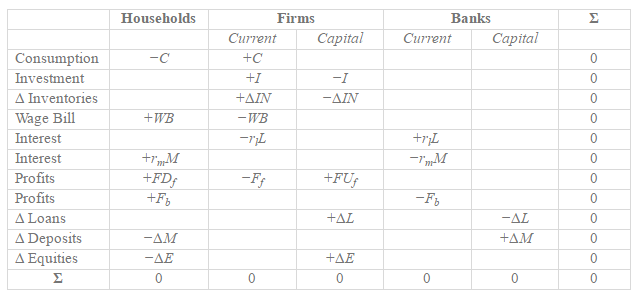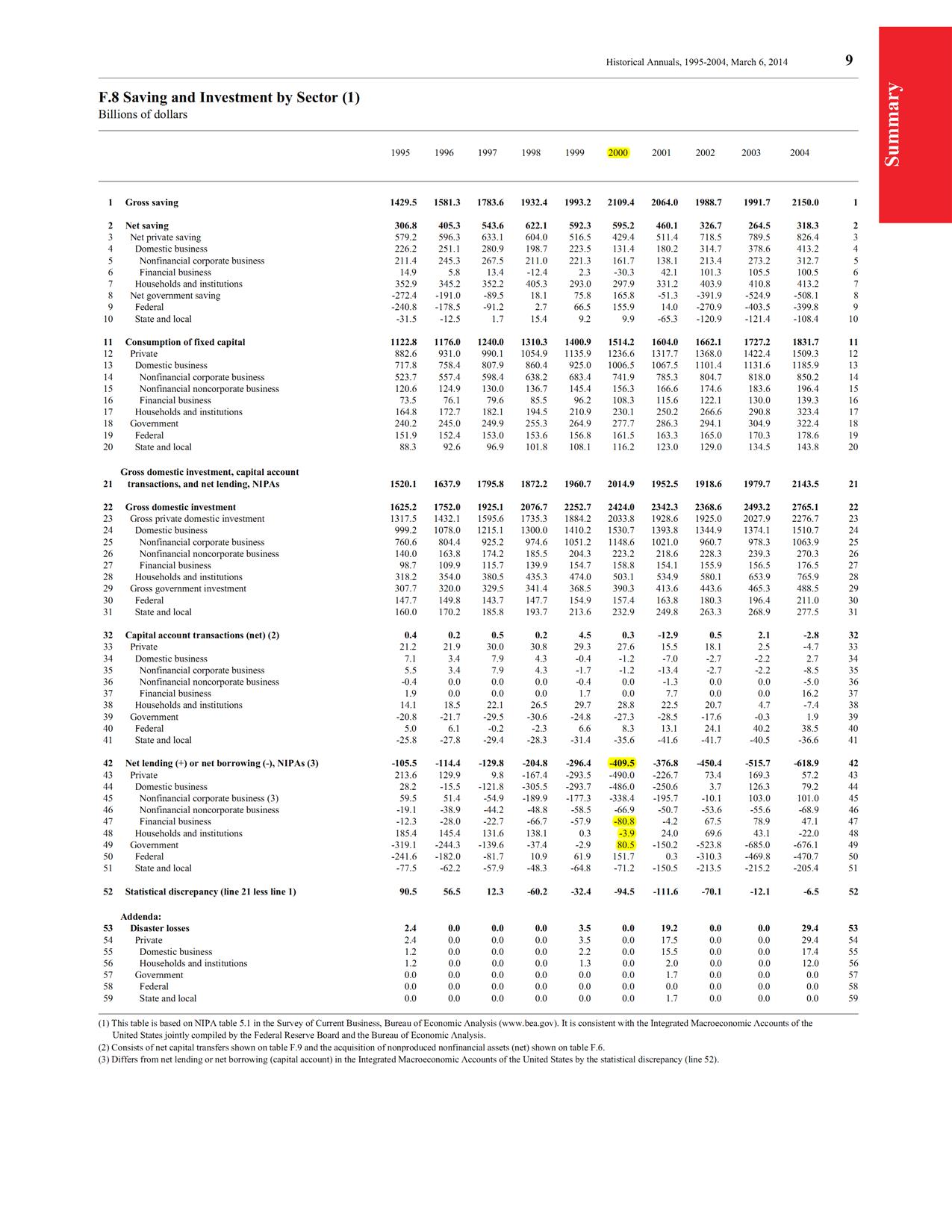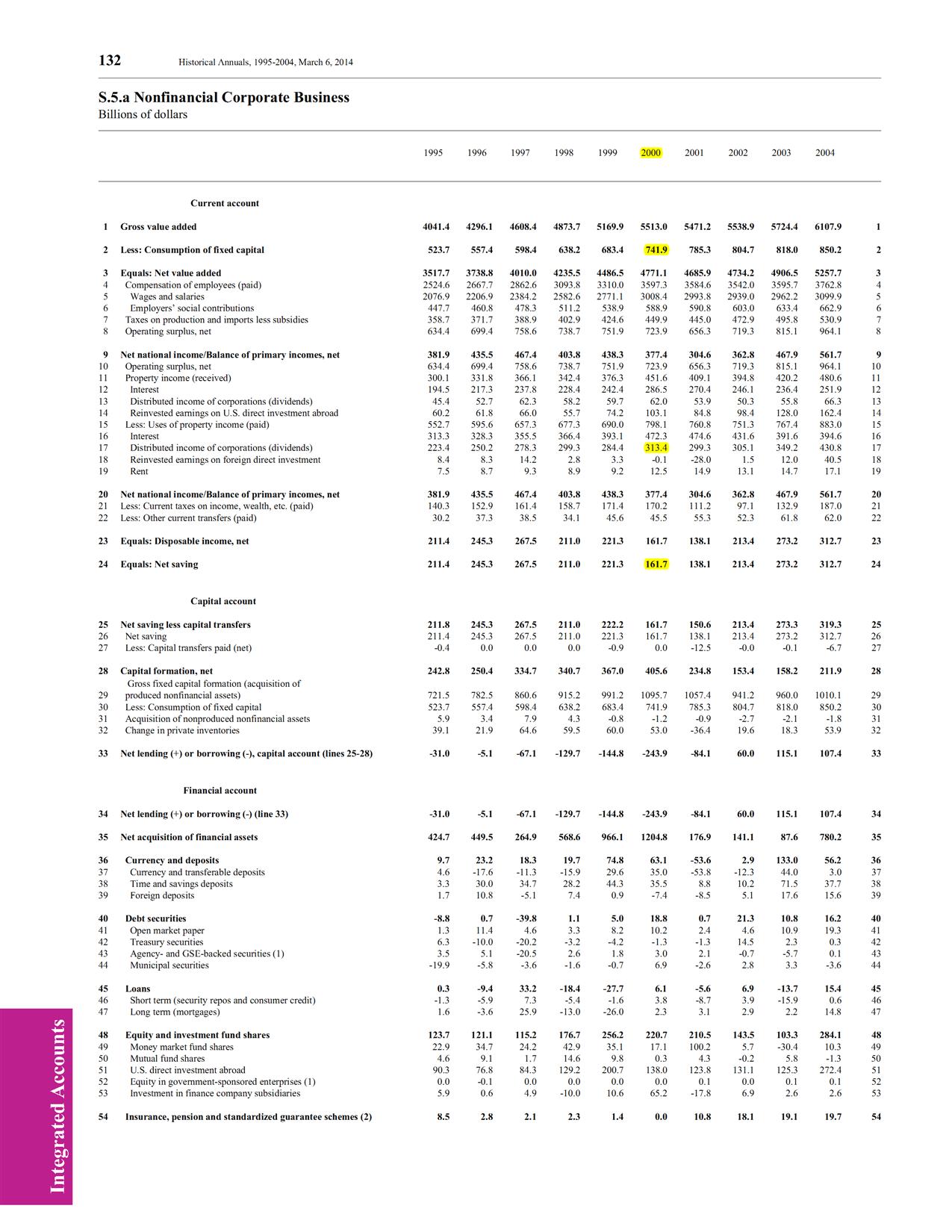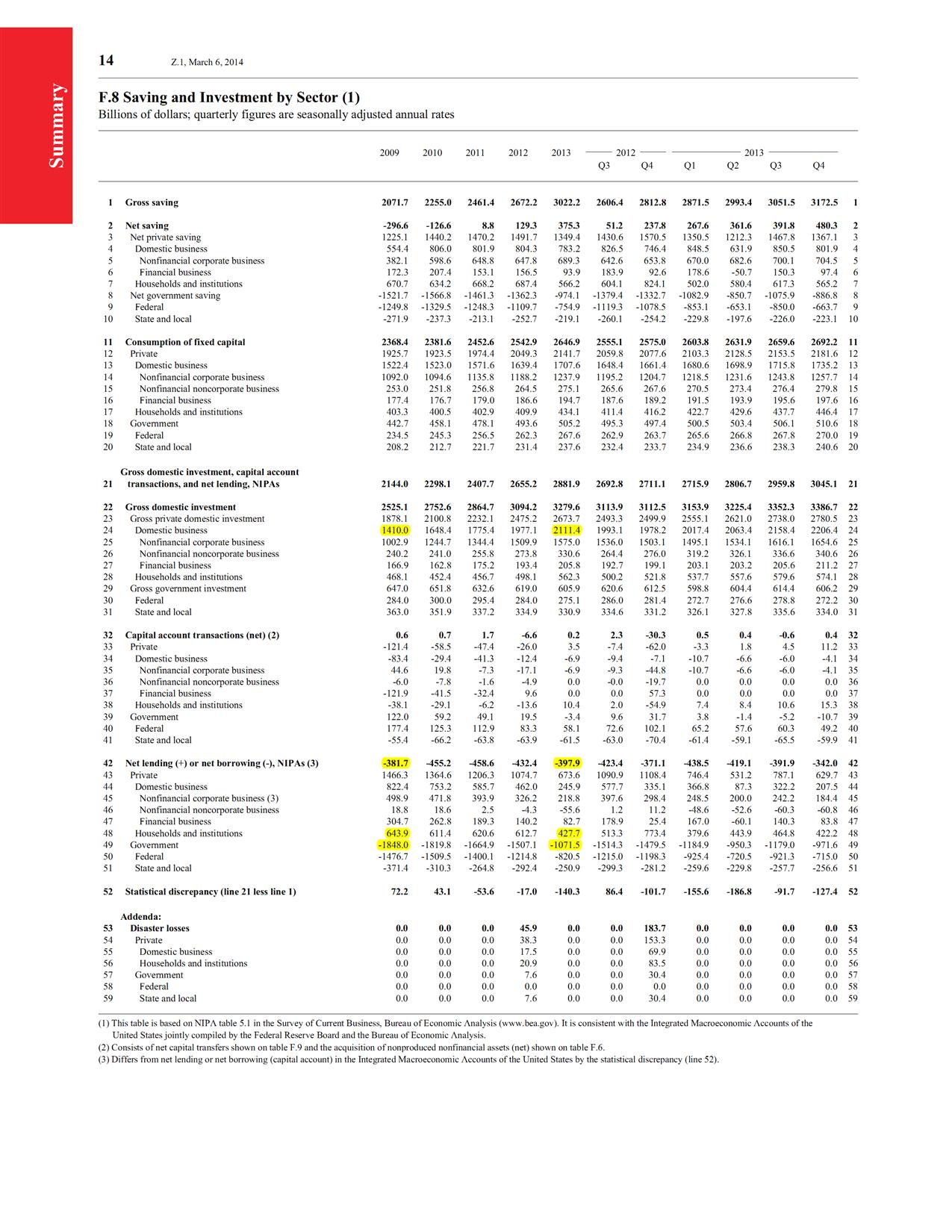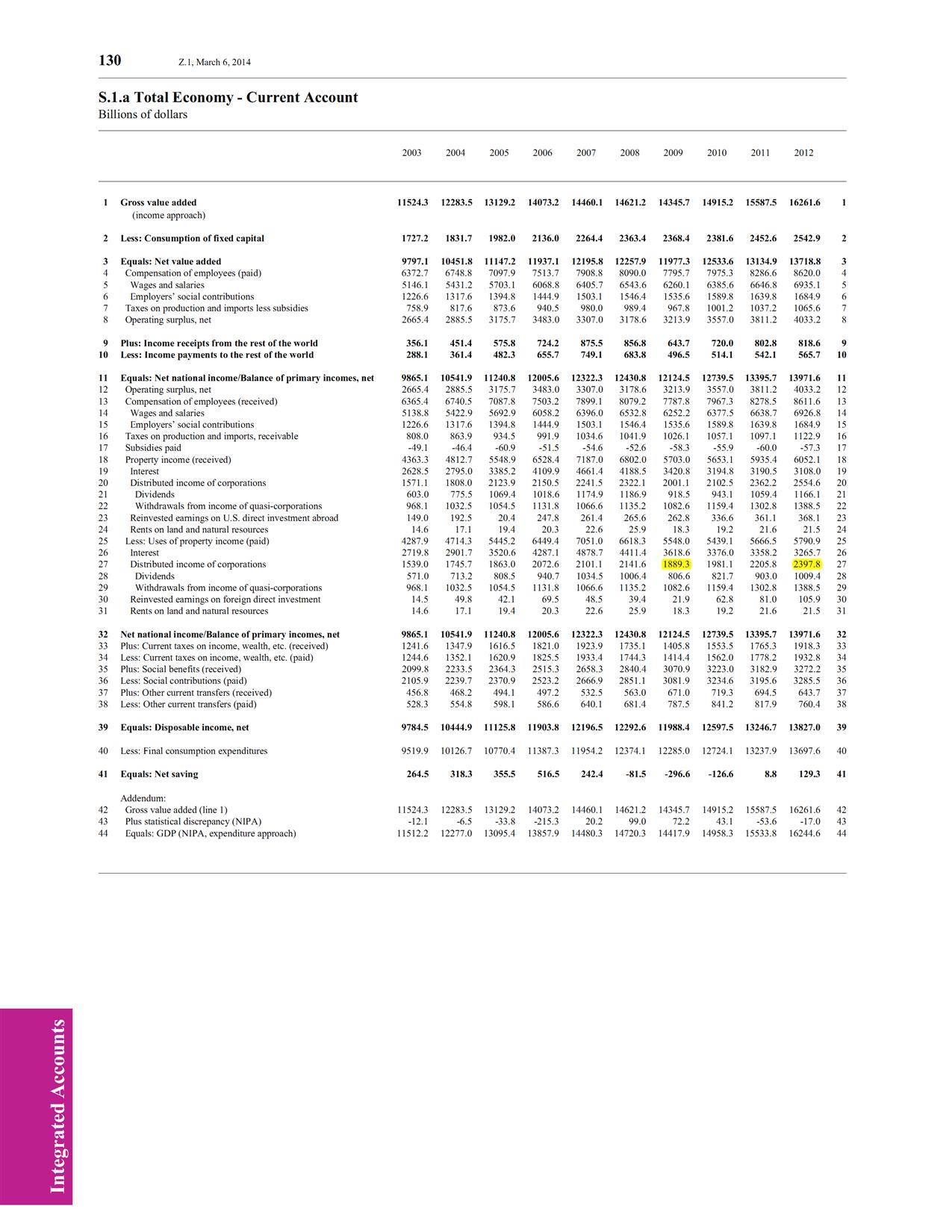Some people point out that the critique “there is no money multiplier” is wrong because it is a ratio whatever said. No! The phrase “money multiplier” itself is wrong because the phrase itself captures a wrong causal story. A phrase is a small group of words standing together as a conceptual unit and hence the phrase “money multiplier” is inaccurate and misleading.
So take the textbook Keynesian multiplier first. It suggests that a rise in government expenditure leads to a rise in output more than the increase in the expenditure. The ratio of rise in output to the rise in expenditure is the multiplier.
But this is not the case with the “money multiplier”. There is no direction of causality from a rise in bank settlement balances to the rise in the money stock. This is true even if the central bank is doing QE/LSAP, i.e., purchasing assets on a large scale. So if the central bank purchases government bonds in the open market, it leads to a rise in banks’ settlement balances at the central bank and also a rise in the money stock. But the rise in the settlement balances could not have been said to have caused the rise in broad monetary aggregates such as M1, M2 etc. It is the act of the central bank purchase which leads to a rise in the stock of both narrow and broad monetary aggregates.
Now to the case of no QE.
Same story: the rise in banks’ settlement balances could not have been said to have caused a rise in broad monetary aggregates. The more appropriate phrase is “credit divisor”. Here’s Marc Lavoie from his 1984 paper The Endogenous Flow Of Credit And The Post Keynesian Theory Of Money
The Credit “Divisor”
To sum up the monetarist point of view, which, for causality purposes, is similar to the view endorsed by the great majority of economists, one can use equation (2):
M = m B (2)
where m is the monetary multiplier, and where causality is read from right to left, B being the independent variable while M is the dependent one.
On the other hand, the post Keynesian view can be summarized by equation (3):
B = (1/m) M (3)
where 1/m is the so-called credit divisor; B is the dependent variable and M is the independent variable. As a matter of fact, this equation cannot be found explicitly in any of the post Keynesian writings, but it is clear that such a relationship is implied by a large segment of the post Keynesian literature.
The choice between the multiplier and the divisor is a function of the opinions one has about general equilibrium. If one believes that money appears as the result of production processes, that is, as a consequence of the flow of credit created for entrepreneurs by commercial banks, then the multiplier is unacceptable since money becomes a sort of residue, which is incompatible with general equilibrium theorizing. Furthermore, central banks are generally engaged in “defensive” operations, that is, they act according to equation (3).
Another paper of Marc Lavoie informs us that the phrase credit divisor was first used by Louis Levy-Garboua and Vivien Levy-Garboua in a paper in 1972.
